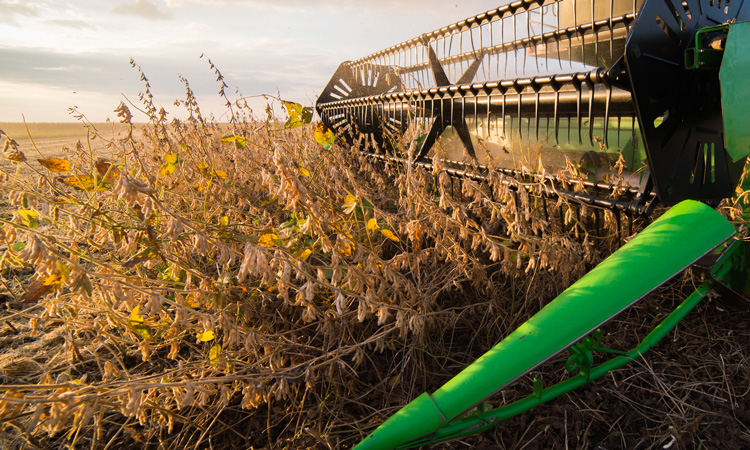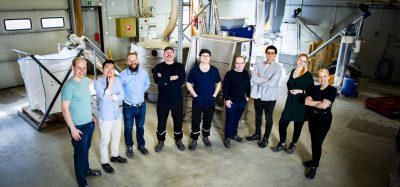Scientists optimise soybean seeding rates in recent study
- Like
- Digg
- Del
- Tumblr
- VKontakte
- Buffer
- Love This
- Odnoklassniki
- Meneame
- Blogger
- Amazon
- Yahoo Mail
- Gmail
- AOL
- Newsvine
- HackerNews
- Evernote
- MySpace
- Mail.ru
- Viadeo
- Line
- Comments
- Yummly
- SMS
- Viber
- Telegram
- Subscribe
- Skype
- Facebook Messenger
- Kakao
- LiveJournal
- Yammer
- Edgar
- Fintel
- Mix
- Instapaper
- Copy Link
Posted: 13 May 2020 | Sam Mehmet (New Food) | No comments yet
The collaborative research project is said to be the first to determine seeding rates in different environments with low, medium or high productivity.


Seeding rate – the number of seeds planted per acre – can have an impact on crop yield and growing efficiency, and the best seeding rate for soybean fields is said to be one of the most debated topics for those involved in agriculture.
Researchers have long tried to help farmers find an answer, and, in a bid to help growers, a recent study by soybean scientists at Corteva Agriscience and universities across the US set out to determine the optimal seeding rate.
“The optimal soybean seeding rate is a commonly discussed topic with many opinions, based on individual experience and regional experiments,” said Adam Gaspar of Corteva Agriscience. “Our study is the largest soybean seeding rate study ever conducted. We hope to provide help to soybean growers based on where they are farming to help reduce risk and optimise yield potential.
“Farm margins are very tight,” Gaspar explained. “Growers are looking for ways to most efficiently use resources and control associated expenses, while not unnecessarily increasing their risk. Their seed purchase is a large investment, and one that has big implications. If they don’t get it right, they are putting profitable returns at risk.”
The project determined seeding rates in different environments, with the knowledge that productivity was influenced by various factors like soil type, topography and climate, they explained.
The researchers gathered data on the effects of seeding rate on soybean yield in 12 states plus Ontario, Canada from 2005 to 2007 and 2012 through 2017. The seeding rates, productivity and yield were analysed.
Overall, the results showed that farmers should increase seeding rates in areas of lower productivity and reduce them in areas of higher productivity and that these areas may vary in different parts of the farm. The productivity can even vary within different areas of each field, they explained.
“These findings will ultimately help growers use the optimal seeding rate between and within each field to optimise production, while limiting their risk of adverse yields due to seeding rates that are too high or too low,” Gaspar said. “Also, it will emphasise the importance of establishing and maintaining an adequate plant stand until harvest. This is especially true in fields or areas of a field with low to medium productivity.”
Related topics
Environment, Research & development, Sustainability, Trade & Economy








